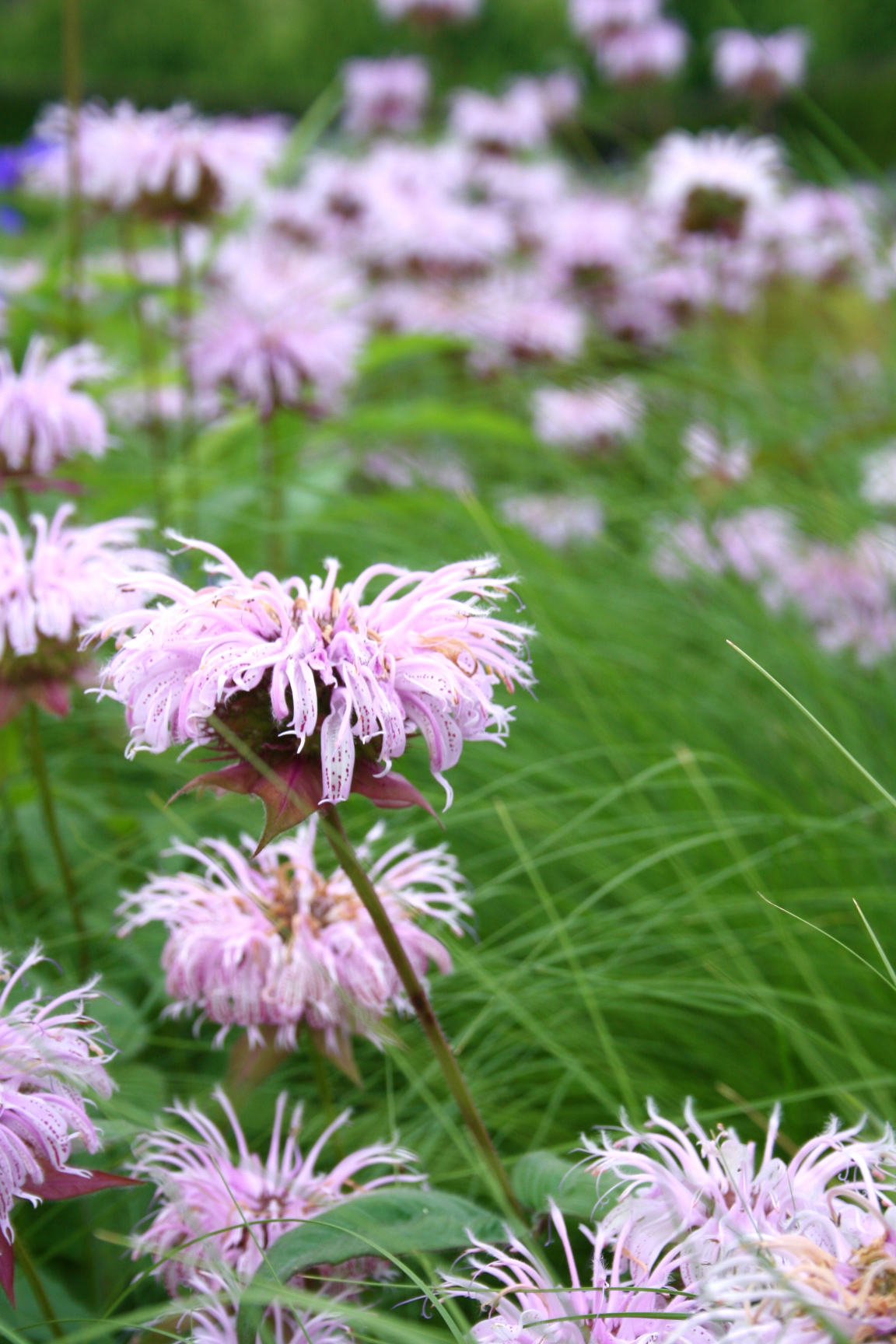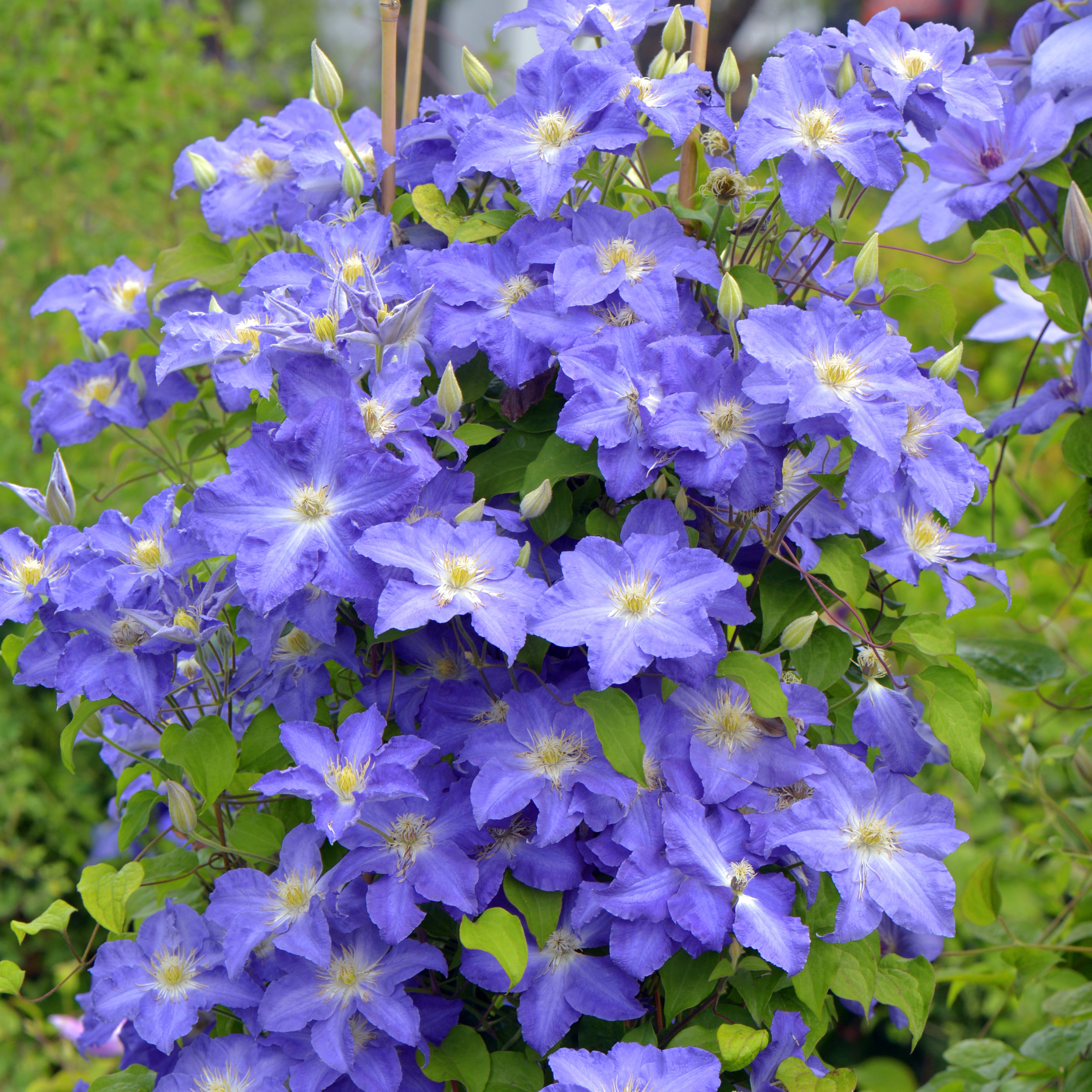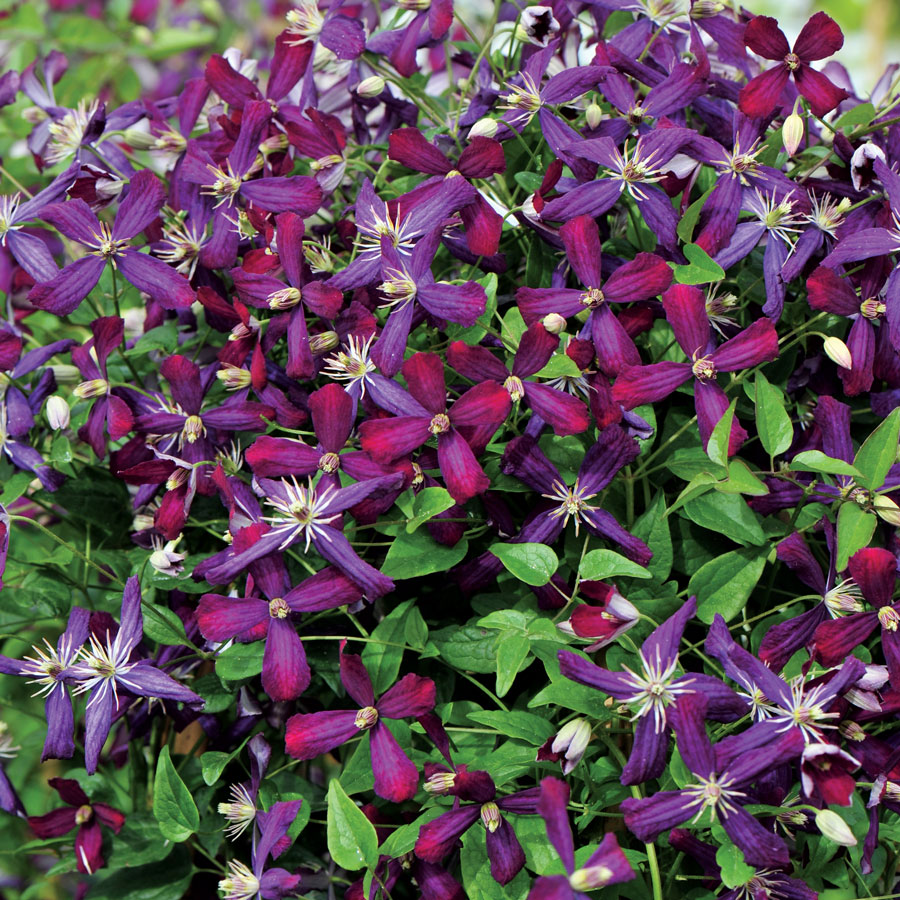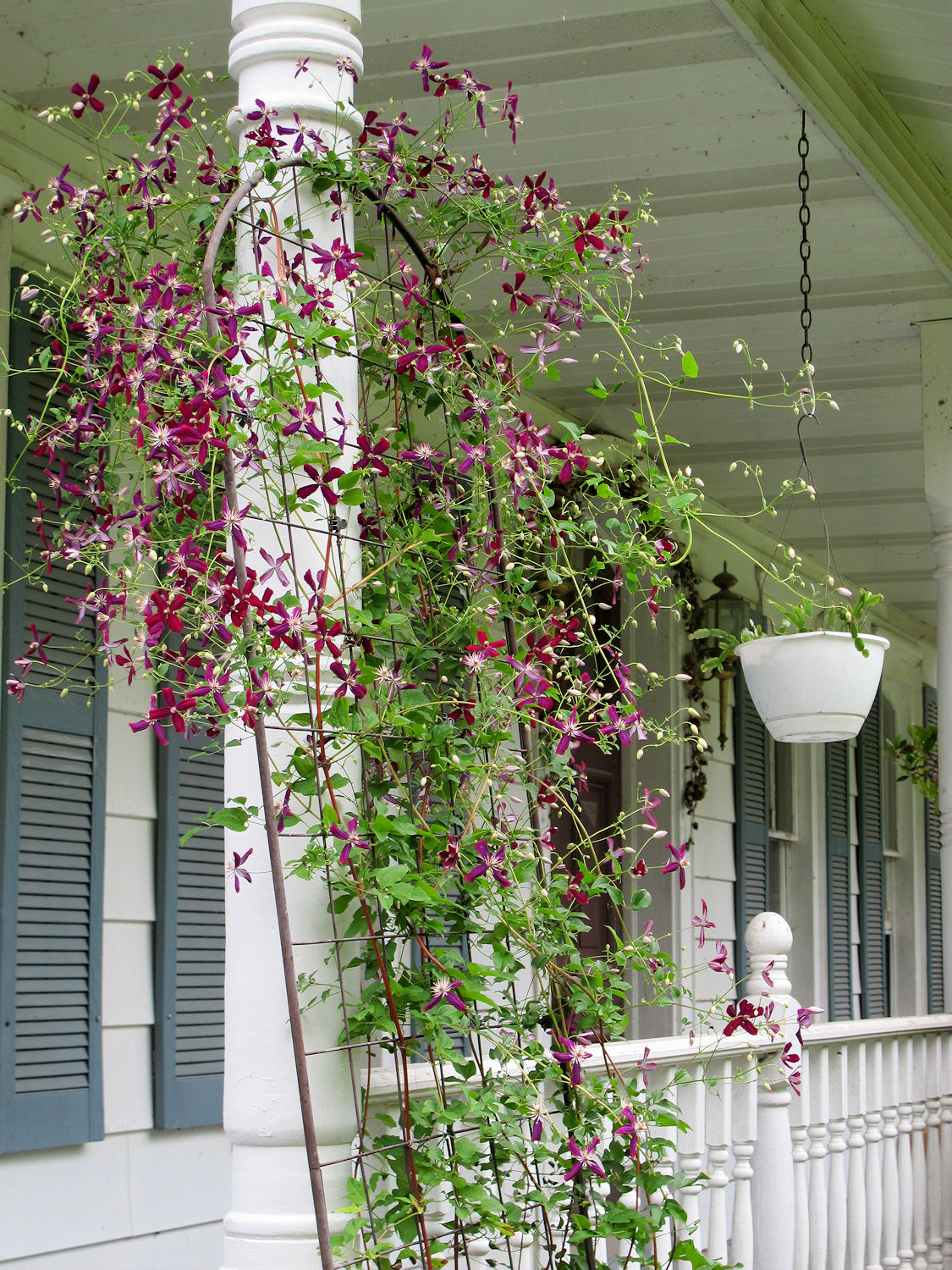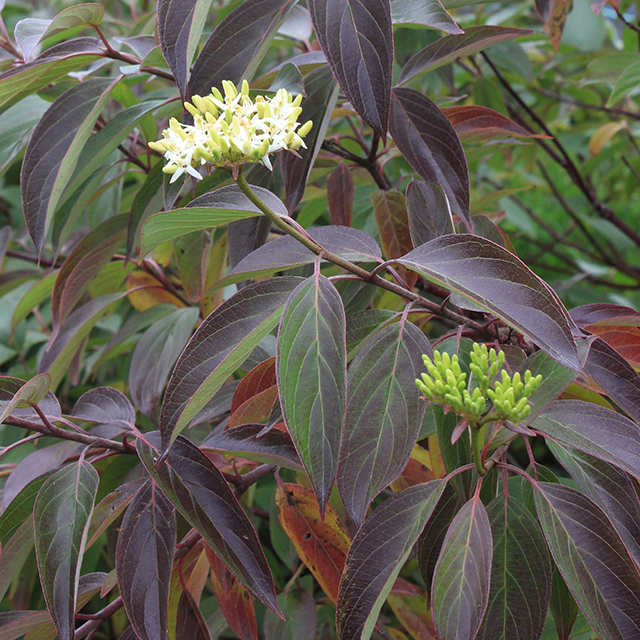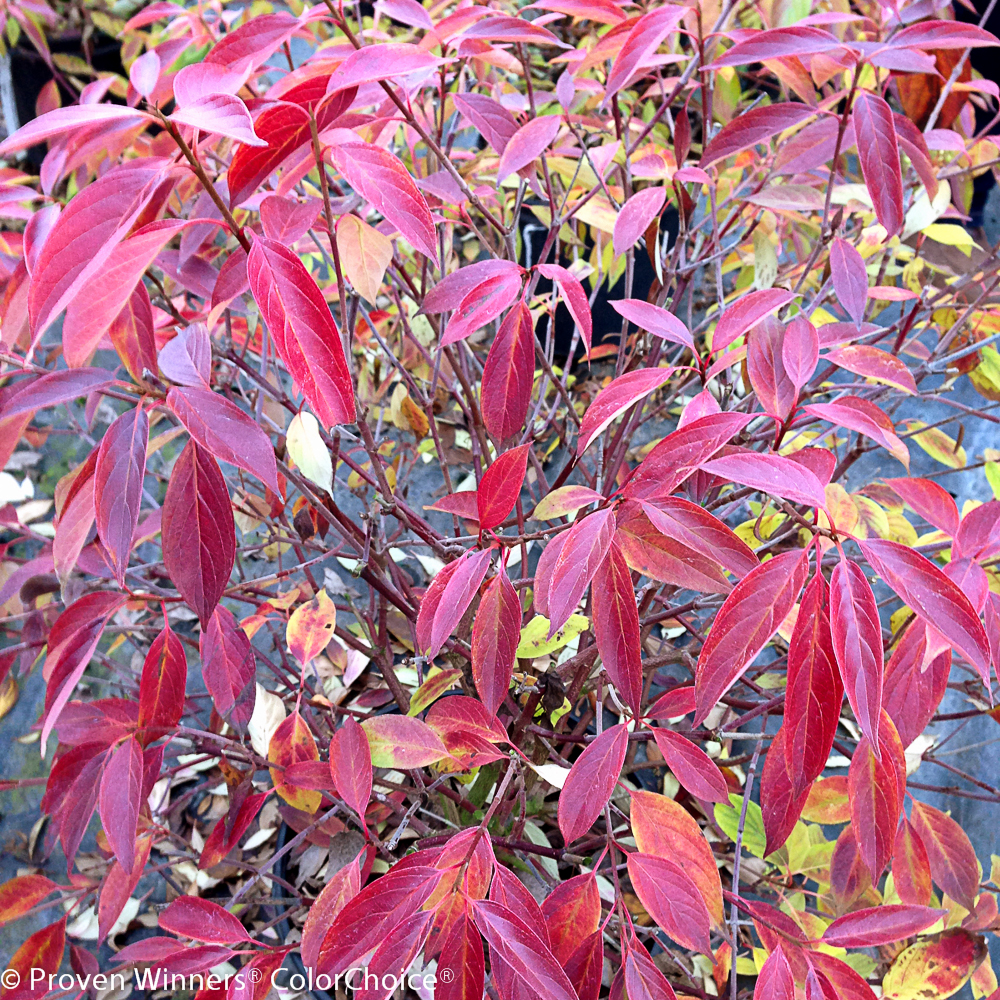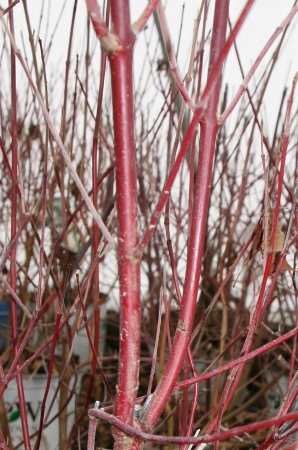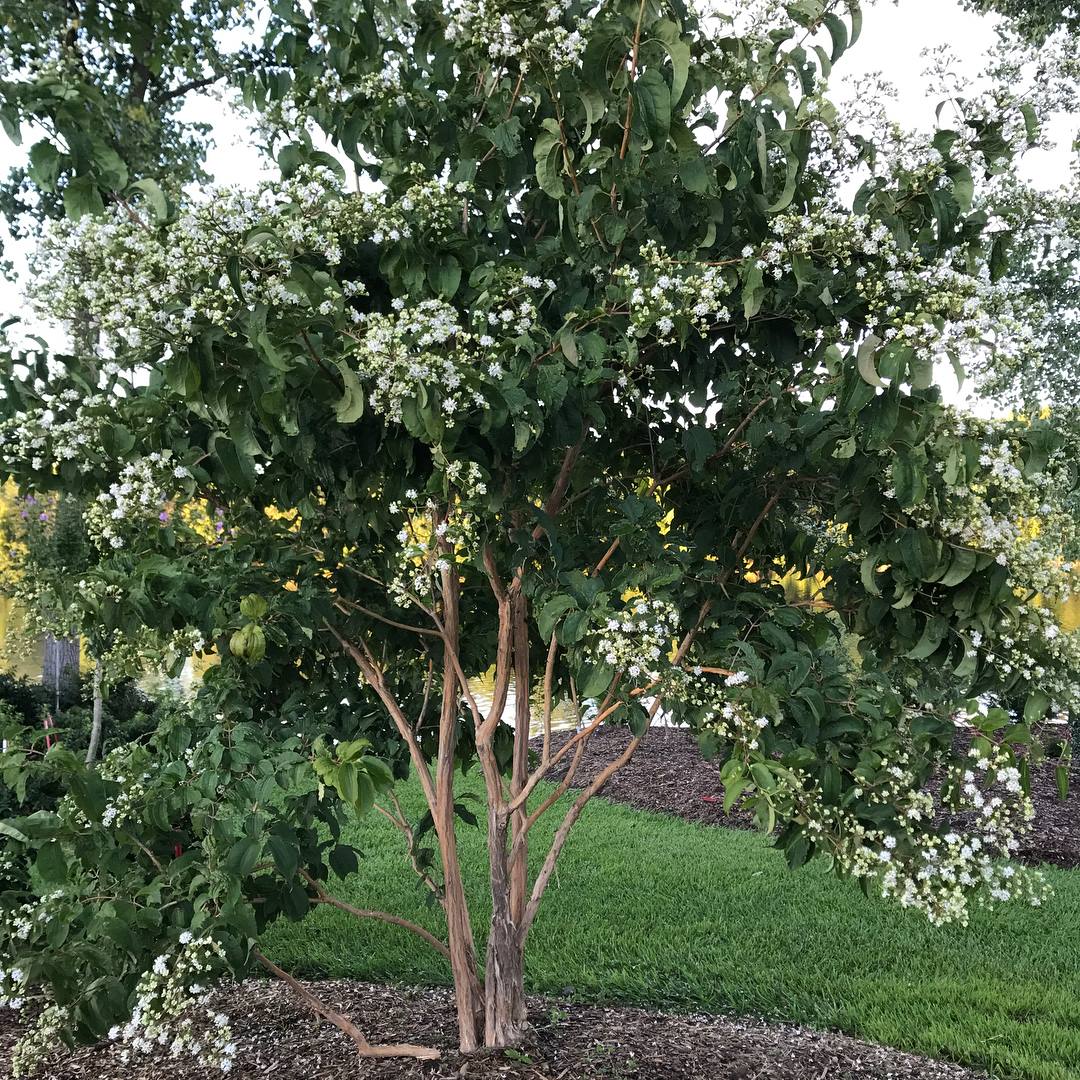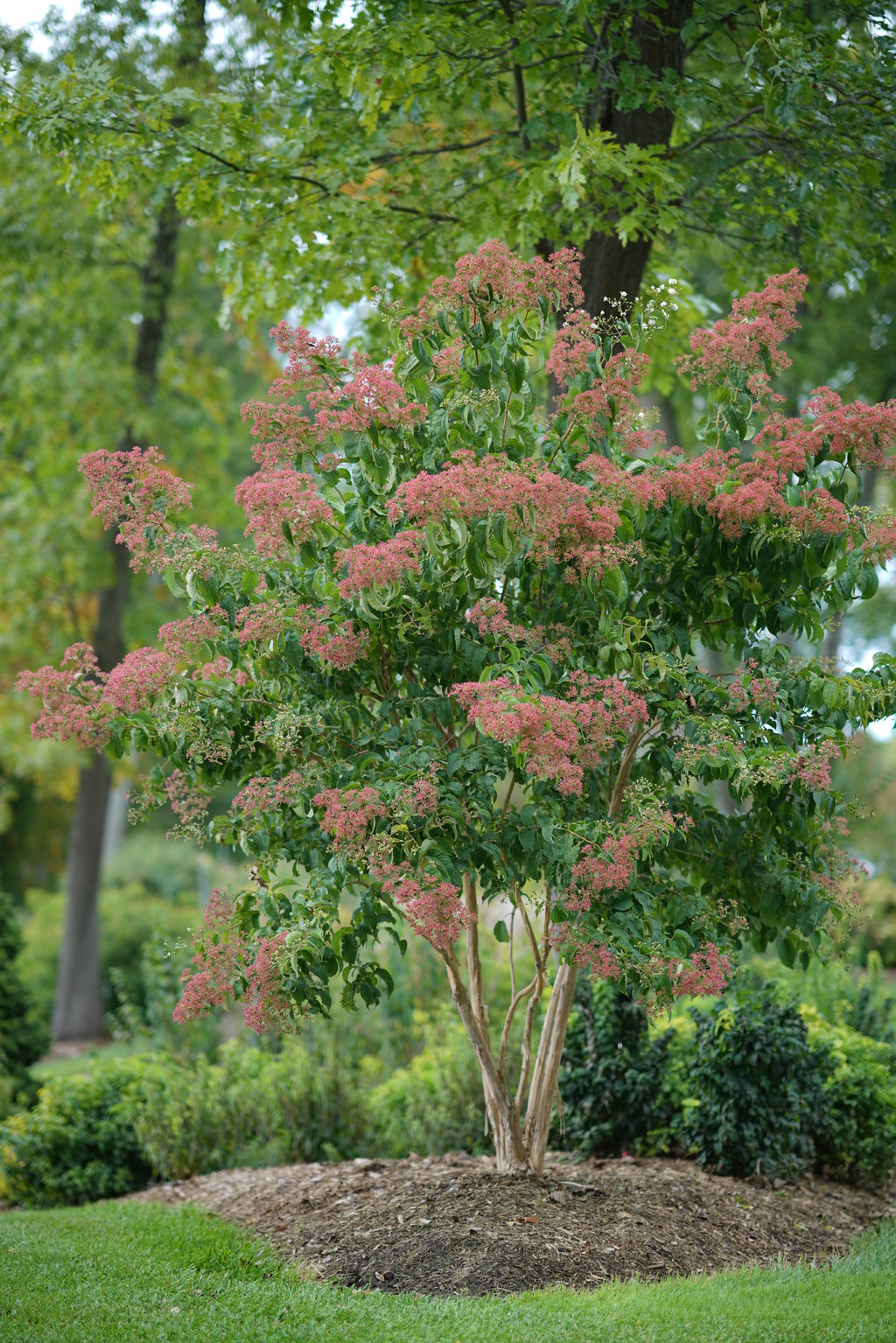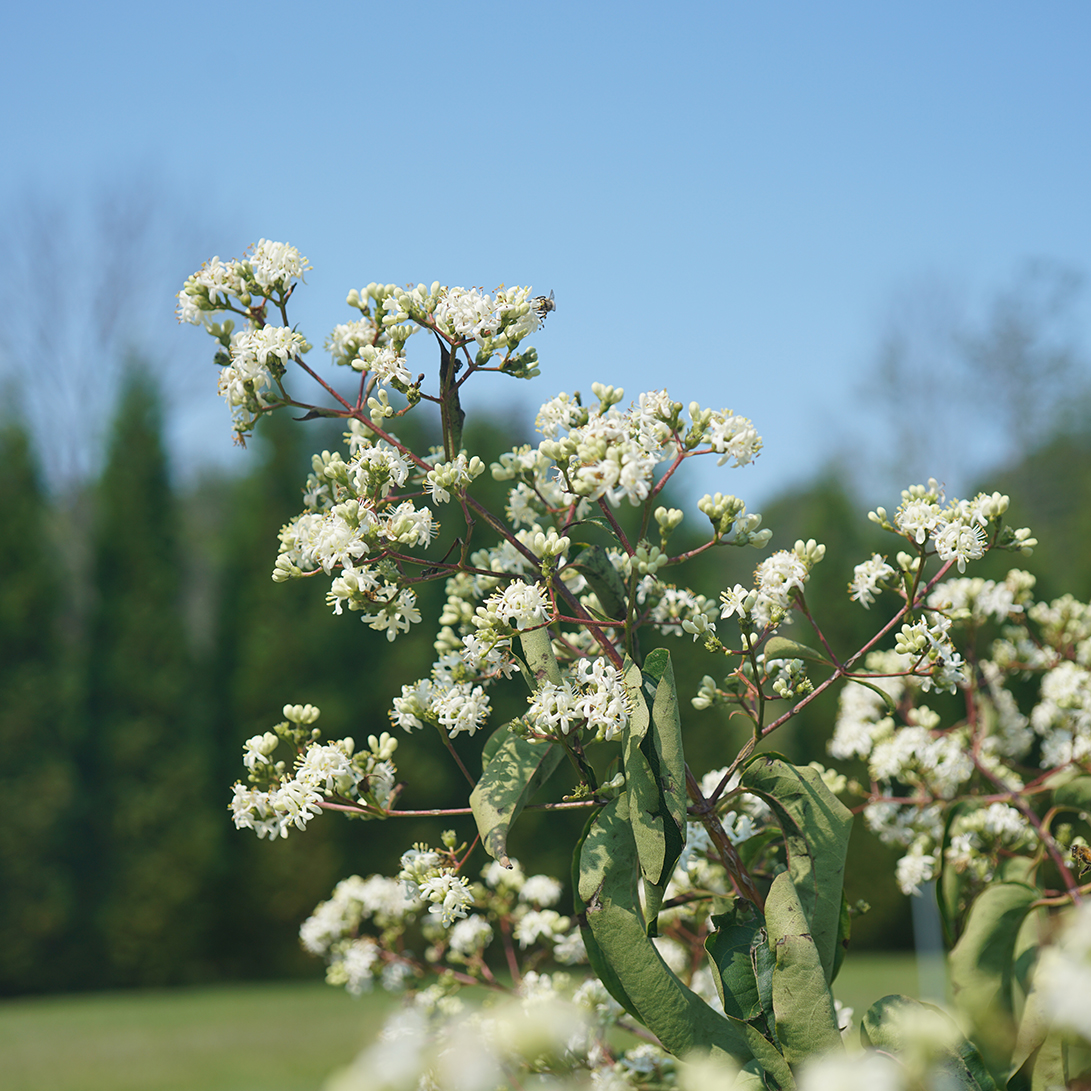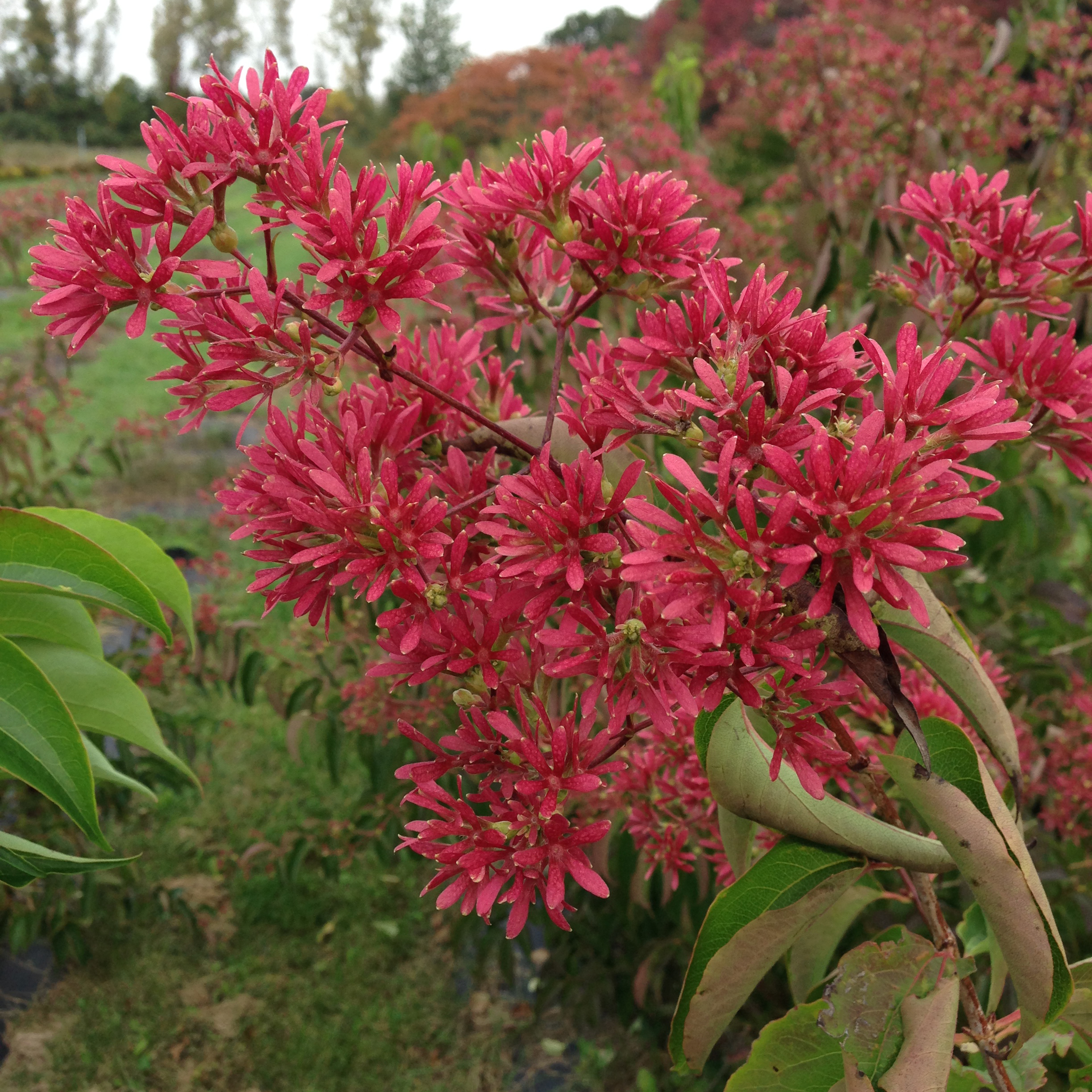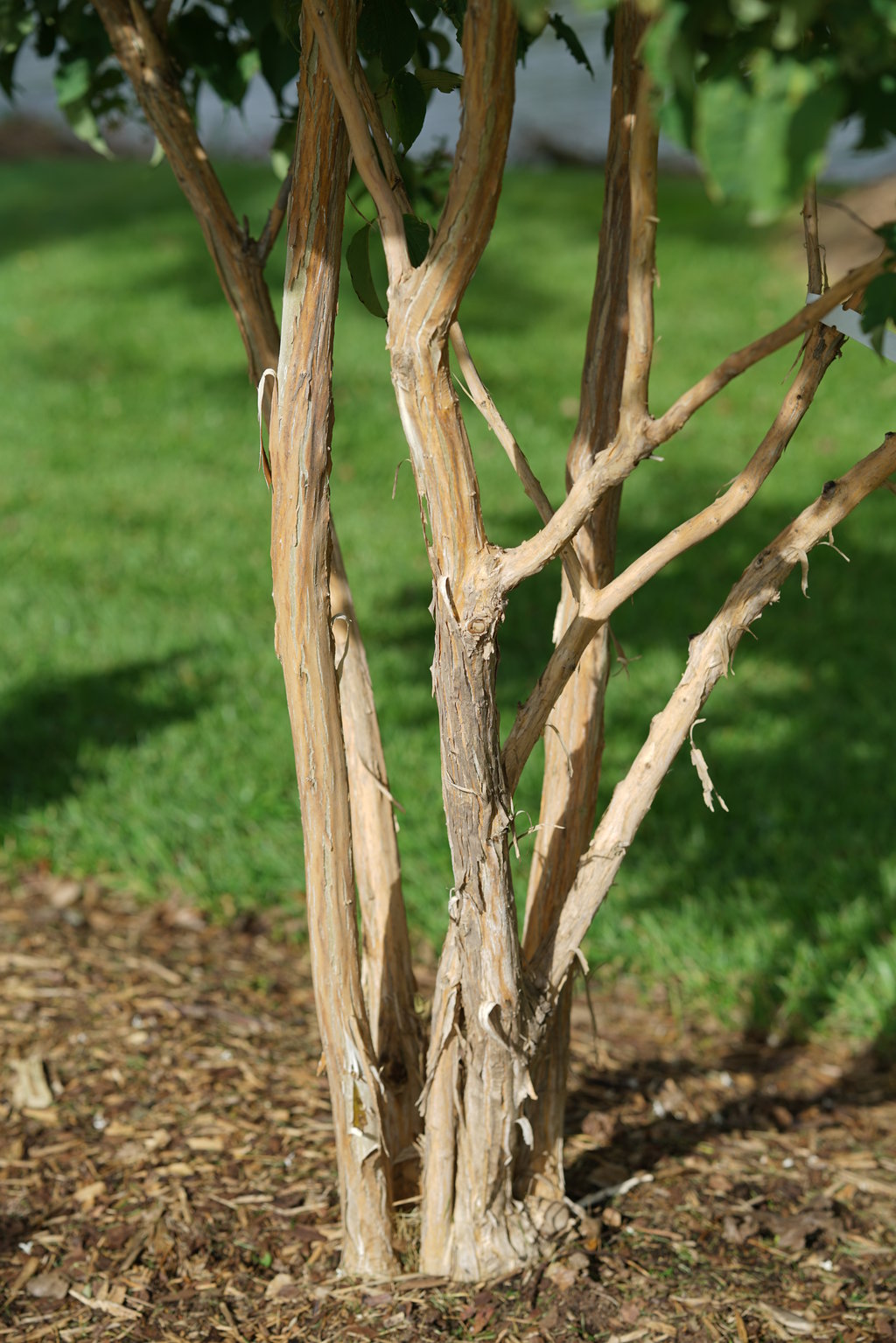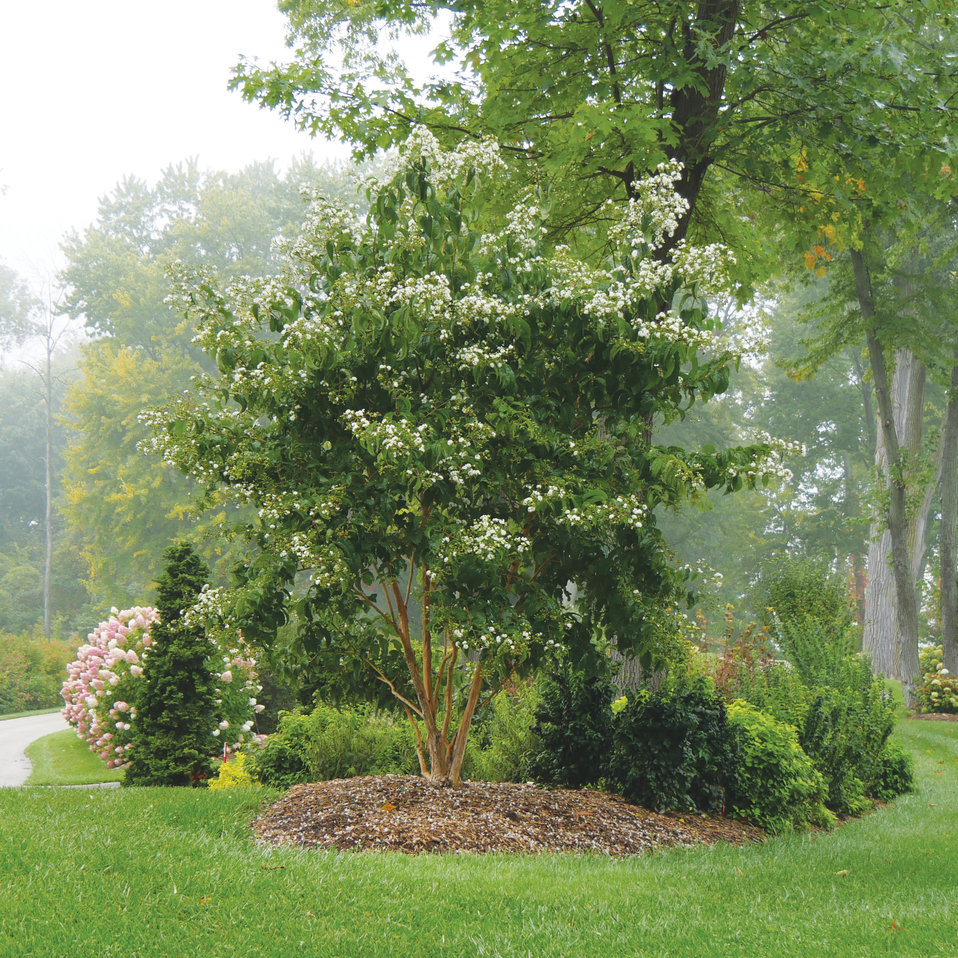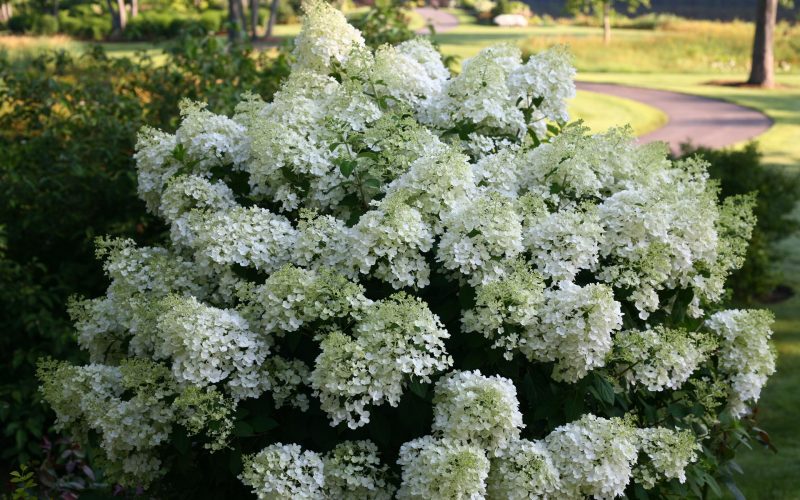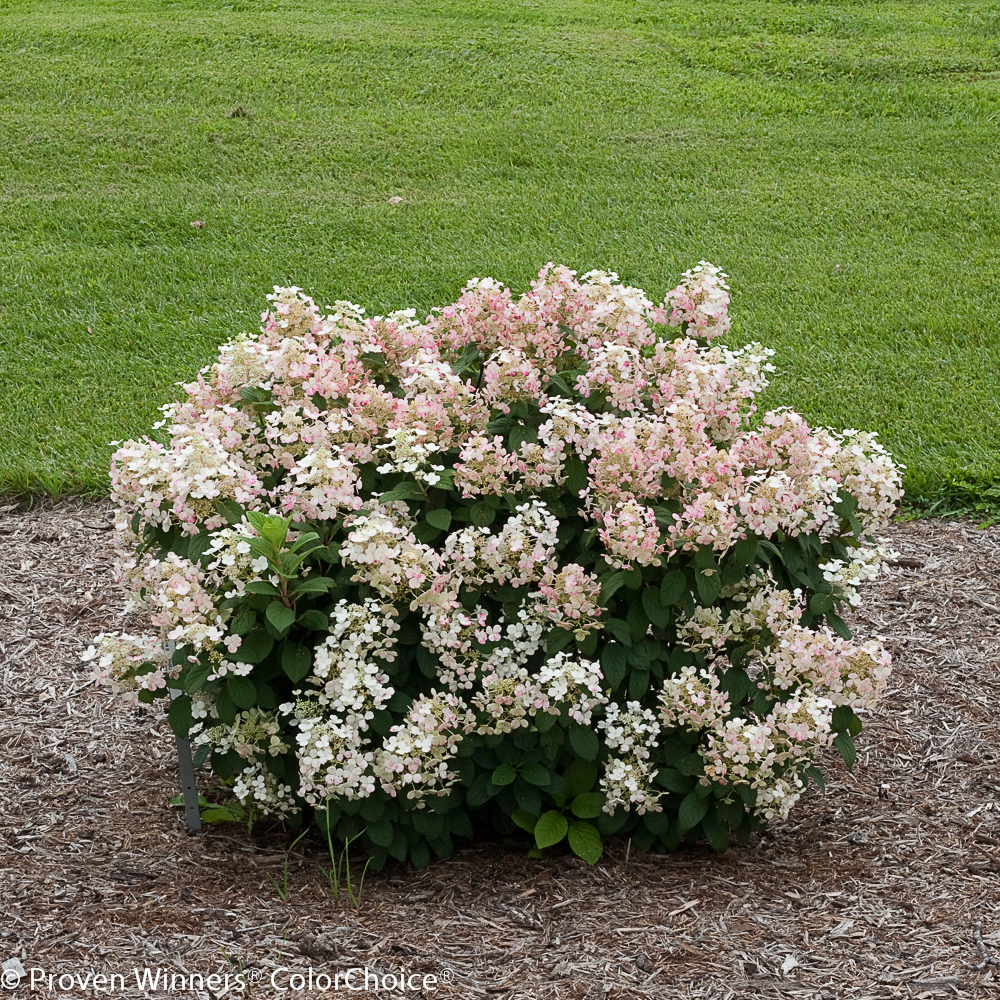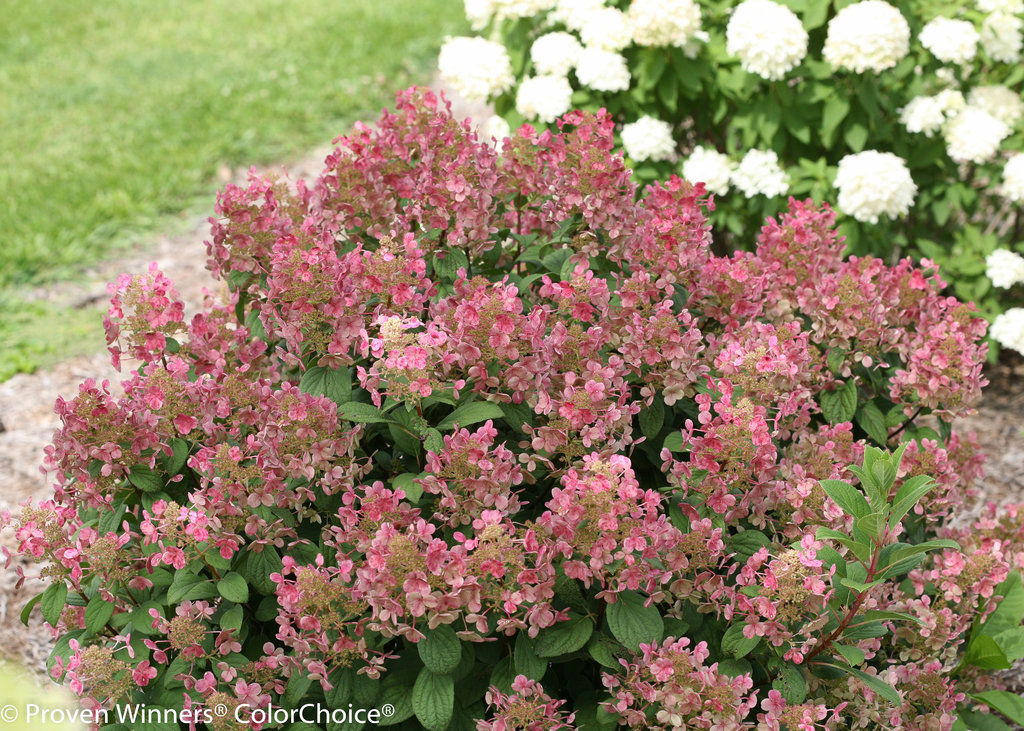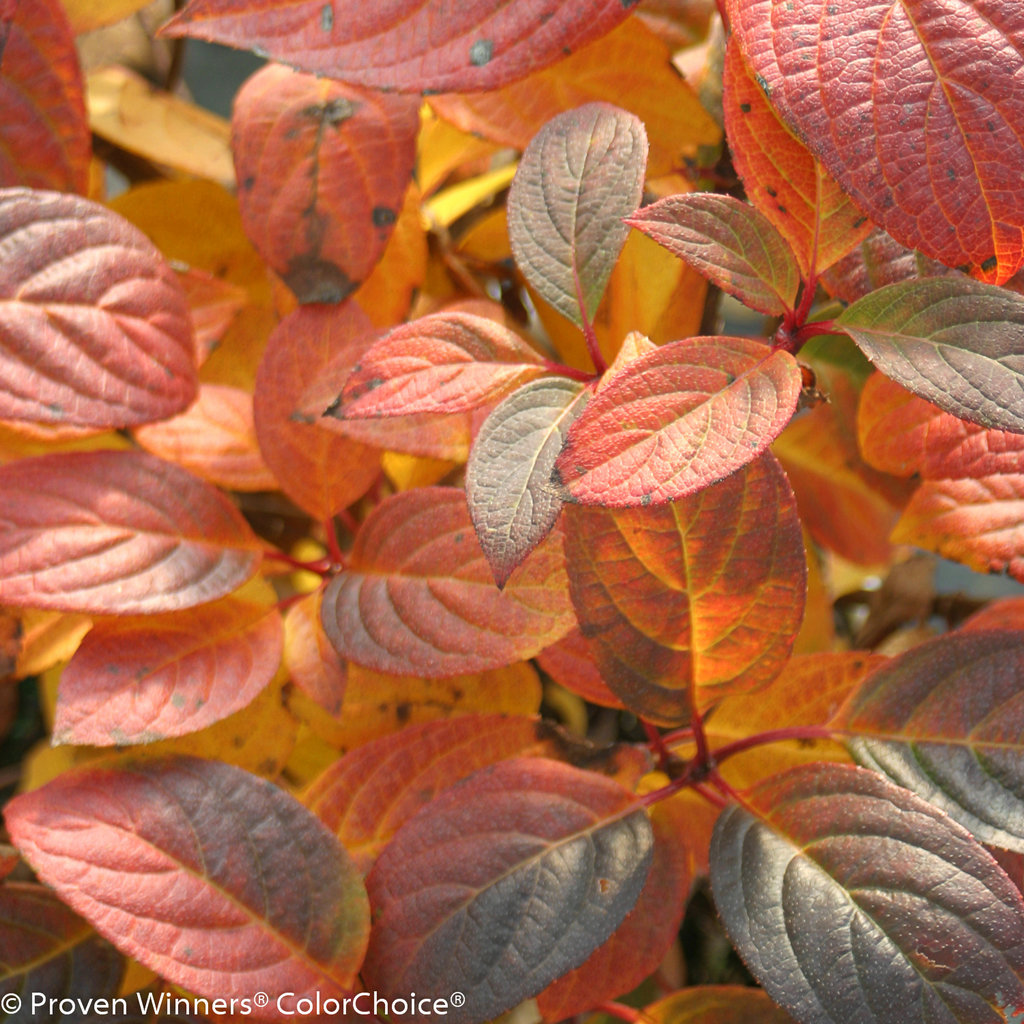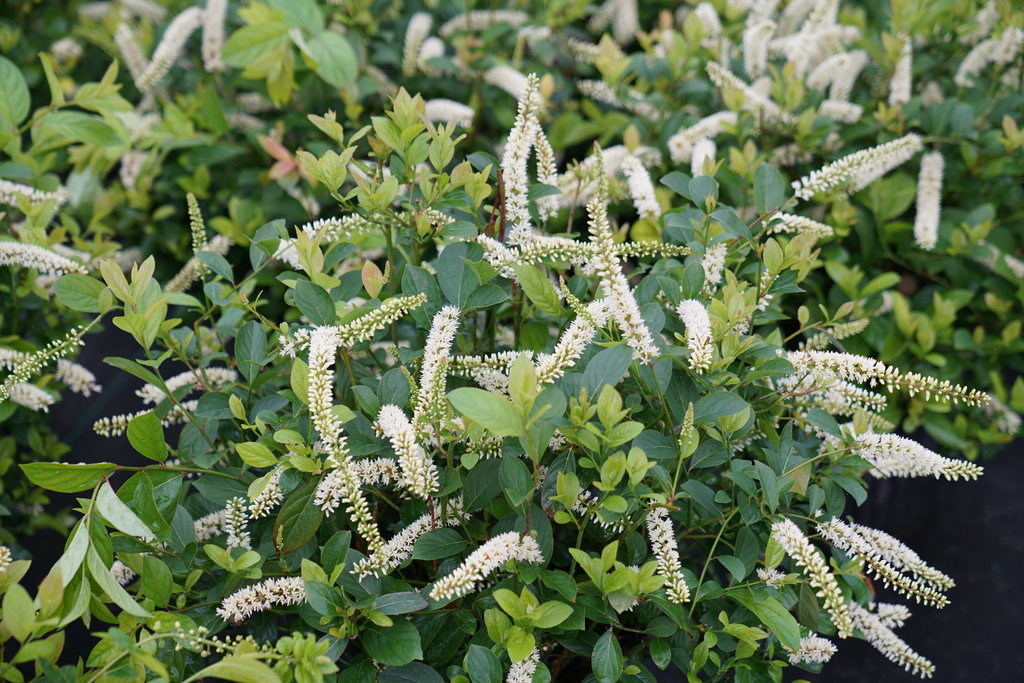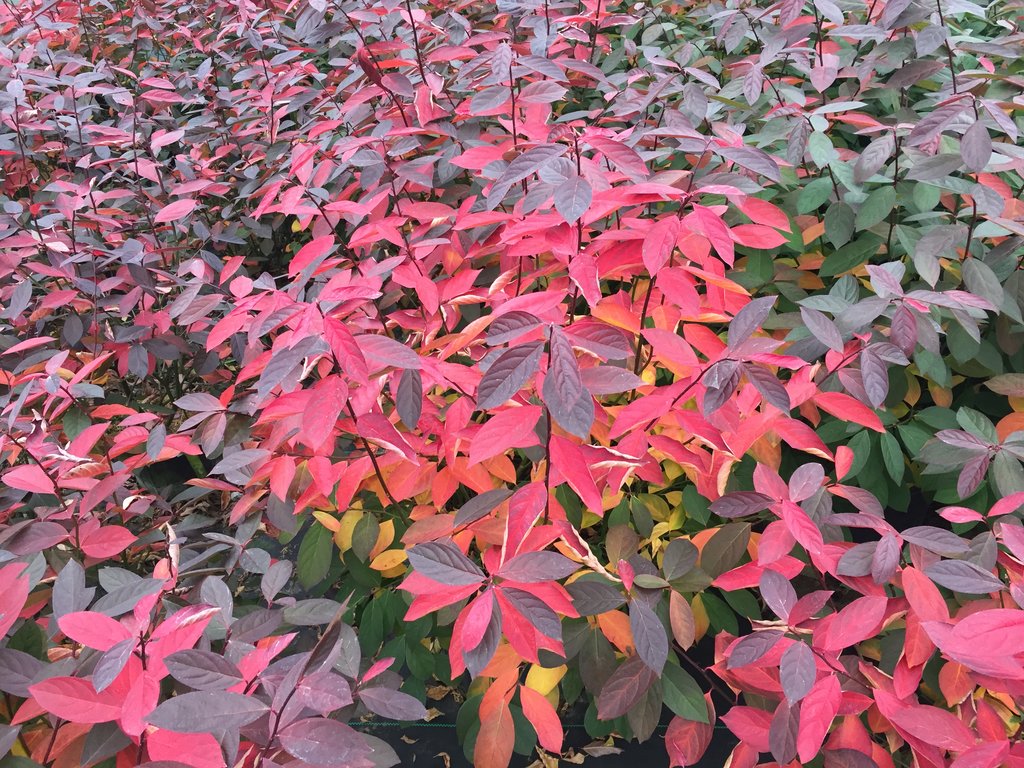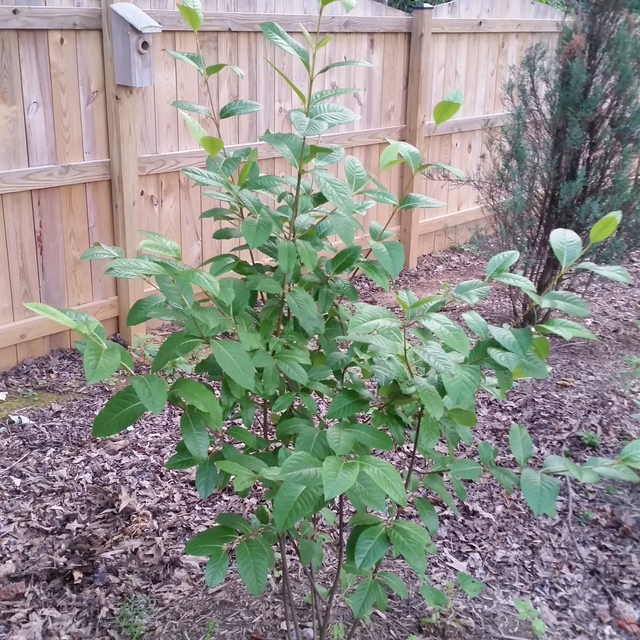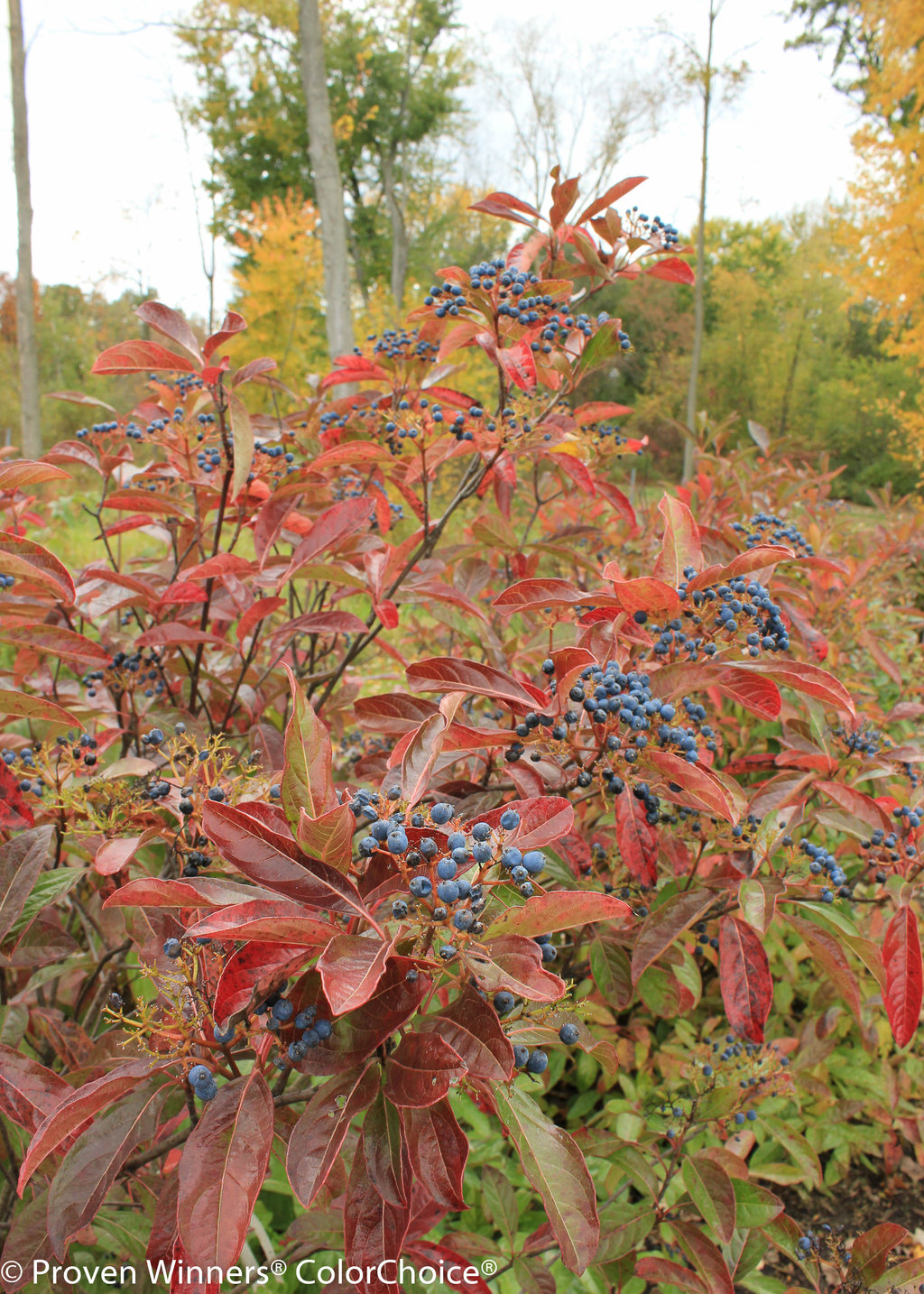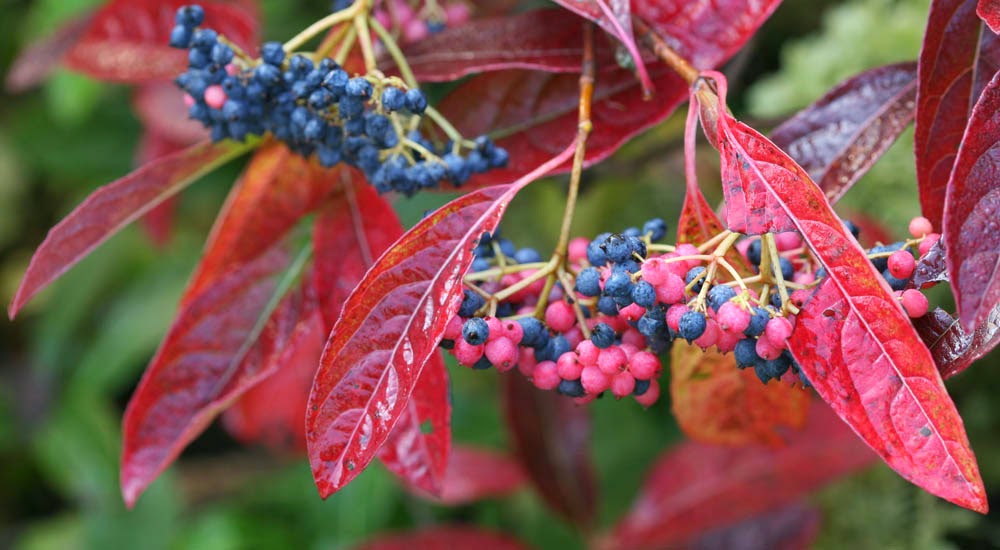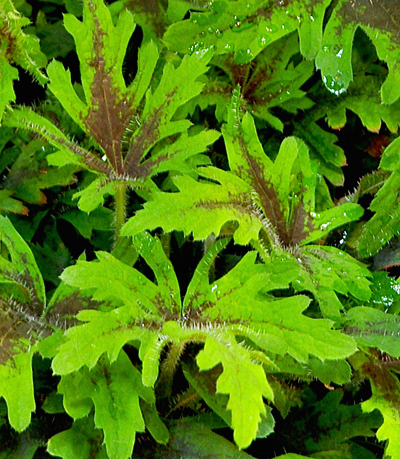He had already inspired me with his book "Know Maintenance Perennials" but I had no idea how wise, cool, down-to-earth, innovative, knowledgeable, hilariously funny - shall I go on? - he is until he spoke at our NYBG LDSA meeting in December. All thanks to Hanna Packer - shout-out to her expertise; visit her website www.hannapackerdesign.com
He talked to us about Plant Communities, and somehow it ended up being about human communities as well. A plant community will thrive only if it has all the building blocks, including good soil and a diversity of plants to support a wide variety of insects. Living and dying roots are what regenerates the soil. "Remnant prairies" (untouched soil) have 18 - 24 species of plants per sq meter - all thriving and occupying their niches happily and benefitting each other. They share the space unselfishly. So it should be with human communities as well.
But lets move on to some of Roy Diblik's wisdom that I managed to capture:
You have to get to know the plants. It's not "fair" to the plant to ask it to do what you want it to do - you should find out what it wants to do and where it wants to be to thrive."
P.S. this is how we should treat people as well!
Pachysandra, vinca, euonymus etc are the "default landscape -
he grows 32,000 sedges in his nursery and uses a mixture of sedges as ground cover
Turf and boxwood" landscapes have no pollinators, no birds.
You don't need mulch, organic amendments, fish emulsion etc - Everything you need falls from the trees in autumn and all the soil needs is roots living and dying.
Thugs" are opportunistic - if you disturb an area they will take over - that's simply their nature
You have to put a plant community together in a way that eliminates agricultural weeds. If you can reduce the light reaching the soil to below 1000 ft-candles (or better, below 200 ft-candles) then weed seeds won't germinate.
Contractors are being paid to keep bad from getting worse
A plug will equal a 1G container in 5 weeks
Ornamental grasses sporobulus, seslaria, schizachyrium as the "grout" between the plants. For example, Allium 'Summer Beauty' and seslaria live together fruitfully (not competitively)
He usually uses a balance of 60:40 grasses:flowering plants
Seen below: pictures of Roy Diblik's matrix plantings at the Chicago Art Institute, Chicago's Shedd Aquarium and the Lurie Garden
Lurie Garden Chicago - the interplay of sun and shadow and the colors of the grasses, with the amsonia just beginning to turn its bright yellow autumn color, is mesmerizingly beautiful to me.
Roy Diblik at the birth of the Lurie Garden
Roy Diblik says: "Learn about 20 plants in depth, then gradually learn another 10 or 20 - that's all you'll need"
He creates "quilt patterns" - each module is interchangeable and they can be mixed and matched
Tulip 'Golden Artist'
Salvia 'Wesuwe'
Euphorbia polychroma dark form
Geranium 'Magnificum' from Roy Diblik's Nursery
Monarda bradburiana
The composition of your design sets up the plant community but also creates spirit and emotion
Allium, Calamintha, Stachys and Echinacea
He gave us info about some of the plants he uses: (I mostly tried to capture his own words)
Carex flacca ('Blue Zinger') is an example of a carex that quickly covers ground and can take some foot traffic, but when its crown touches another crown it stops spreading
Monarda bradburiana prefers avg to dry soil (unlike some other monardas)
Salvias love to mix with one another but they can't survisie getting watered 3 times per week
Don't use Salvia 'May Night' because it doesn't rebloom. Instead use Salvia wesuwe that reblooms constantly
A combo he likes: Geranium sanguineum, allium cernuum and ornamental oregano
Covering the growing points of perennials with wood mulch kills them
Northwind has an Echinacea tenneseensis hybrid that tolerates clay soil
Sporobulus and sedges are very natural-looking in a woodland garden; also mixtures of sedge and Geranium macrorrhizum in shade
Commercial prairies that are started from seed usually end up being 5 native plants living together. It will take 15 years to get a diverse/"real" prairie with 18-24 species per sq meter
Words of wisdom: "Sedges give you the opportunity to outsmart weeds"
One plant he mentioned that I hadn't known was Gillenia trifoliata (also Porteranthus trifoliatus). Common name: Bowman's Root (Also known as Indian Physic or American Ipecac; sounds lovely!). Bowman's Root is an easy-to-grow native for bright shade or partial sun and it tolerates tree root competition well as long at it has a nice layer of organic mulch. Bowman's Root is lovely in a mass planting where its lacy white flowers can shimmer in a light breeze. It makes a nice filler - think Gaura for shade! A compact, rounded plant, it is topped in late spring with ethereal white flowers growing in a few loose terminal panicles, with red petioles and mahogany stems. Clean, disease-free foliage often turns deep bronzy red in fall and contrasts beautifully with the more typical oranges and yellows in the perennial border. Interesting form and unique seed heads persist into winter. Great for cut flowers!


















